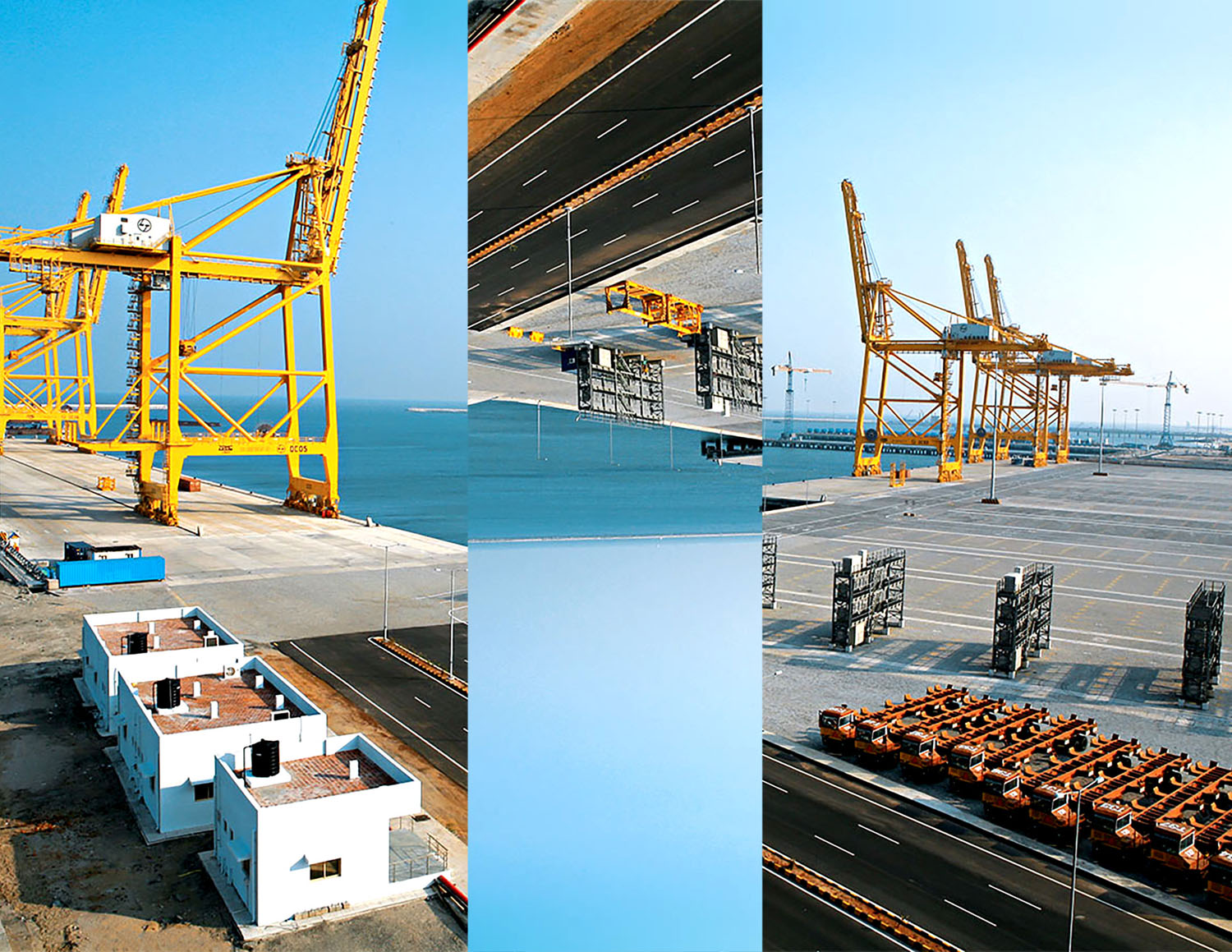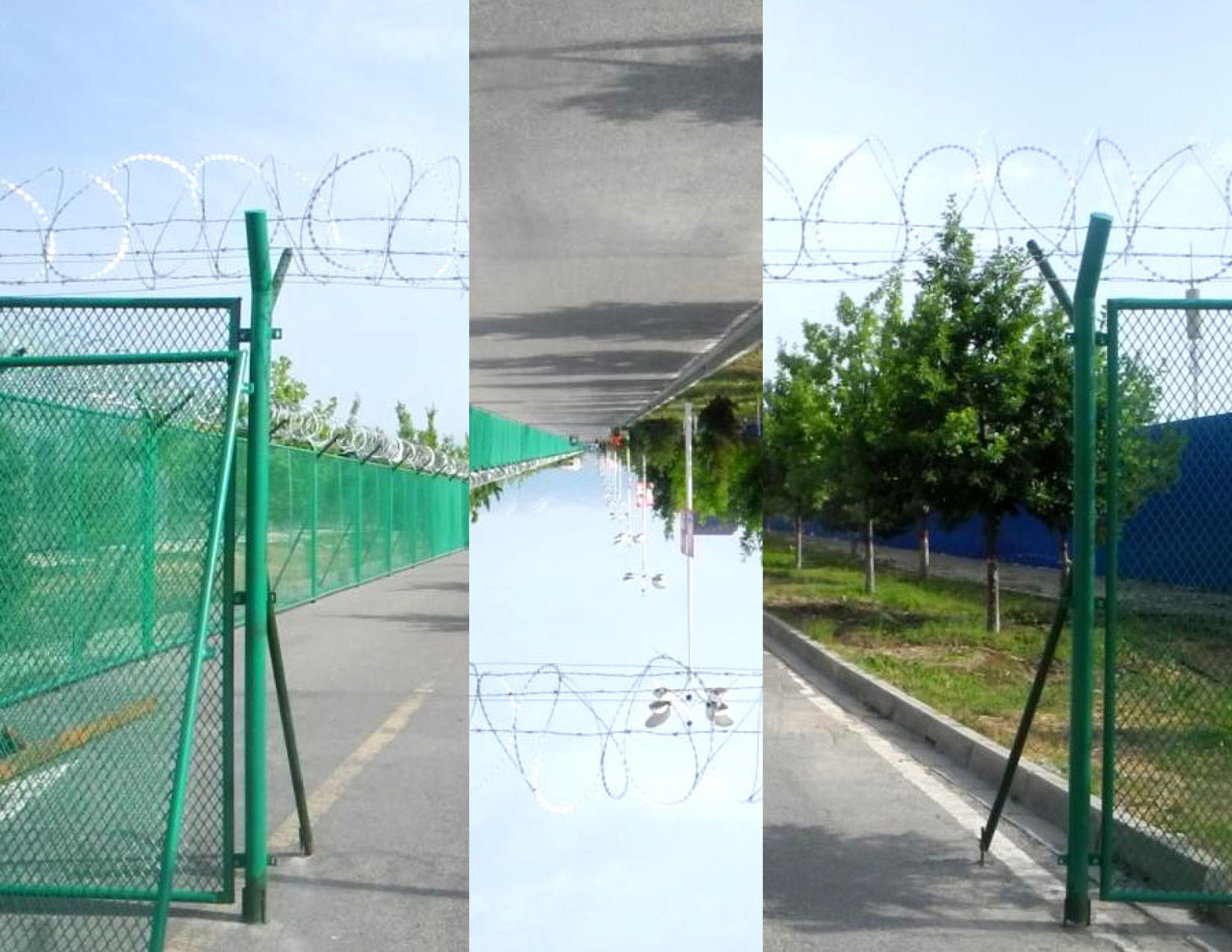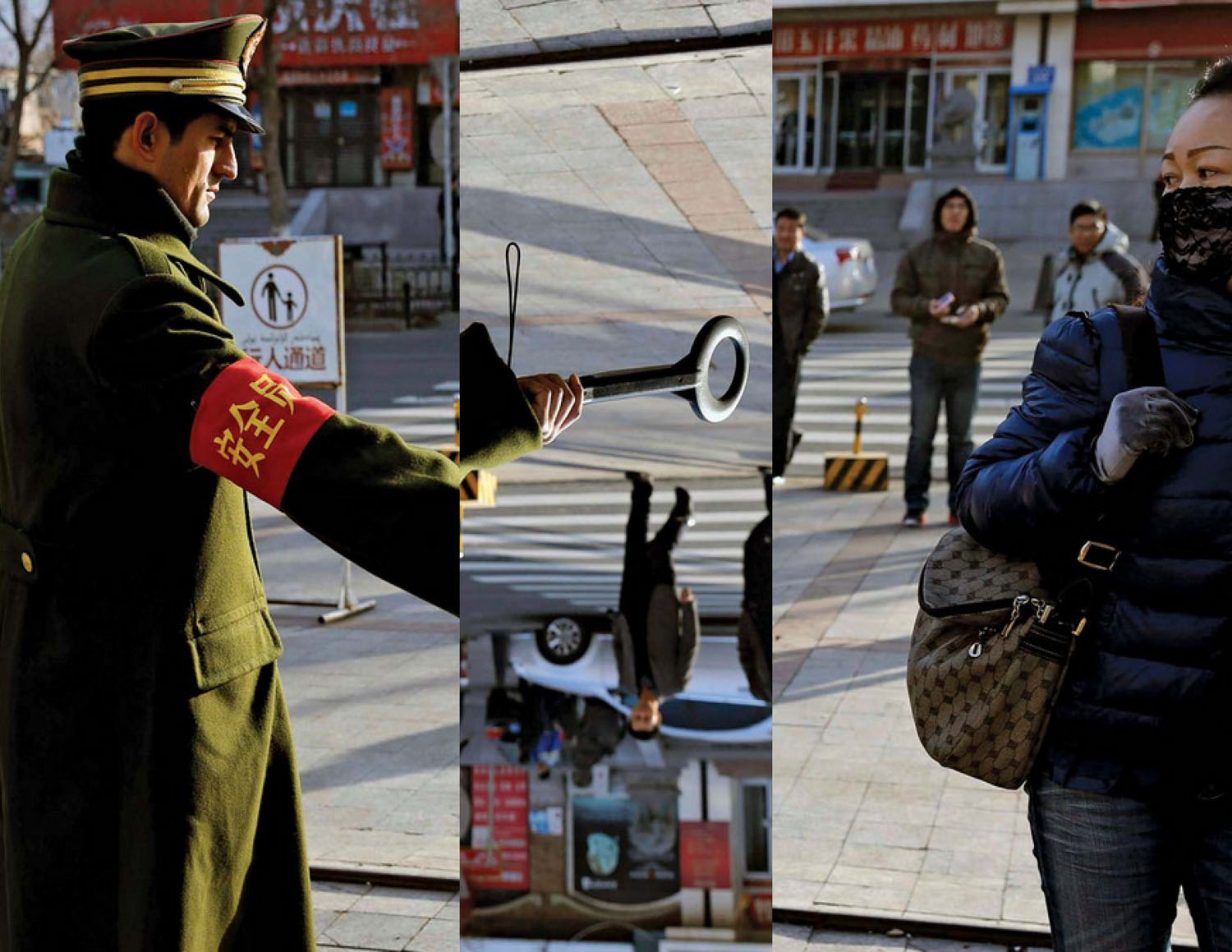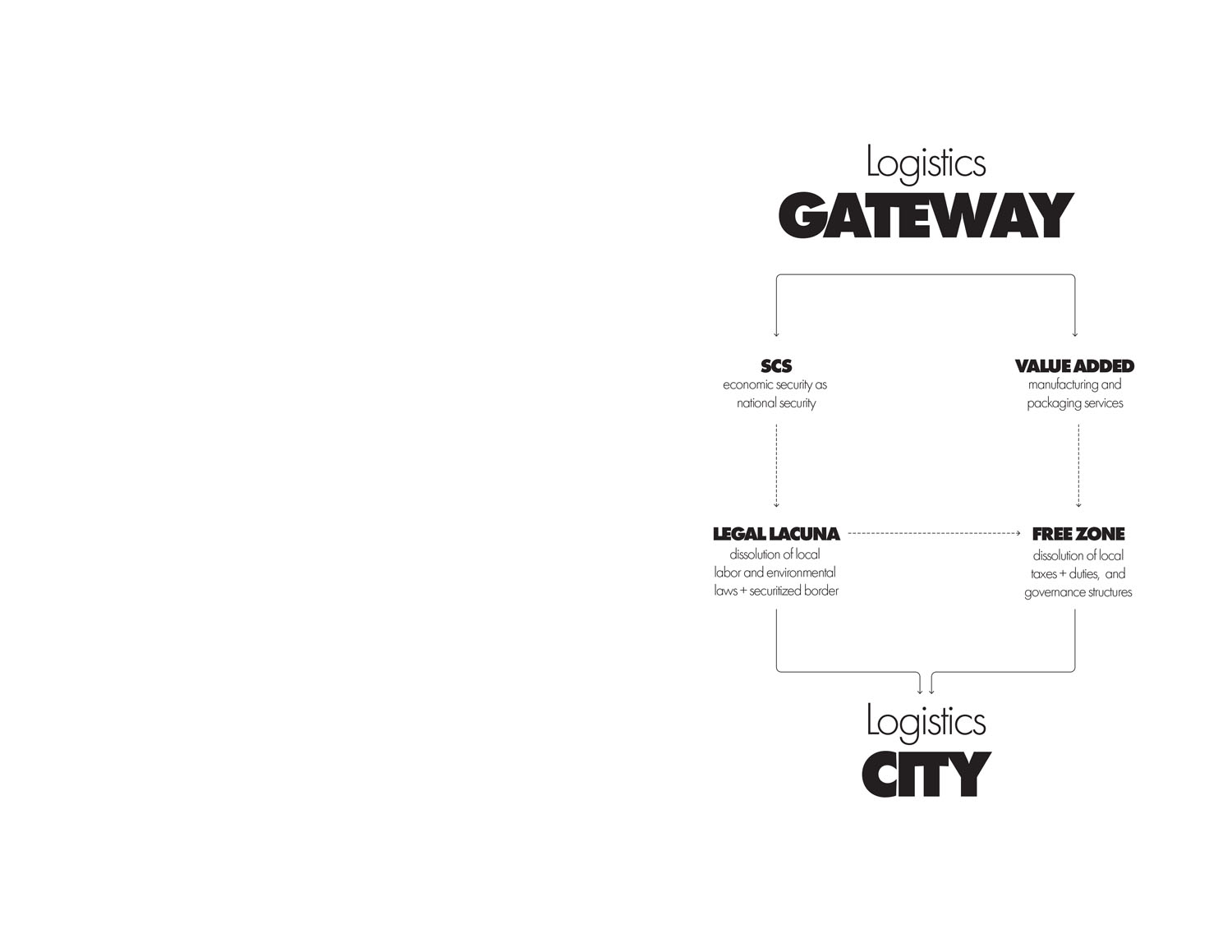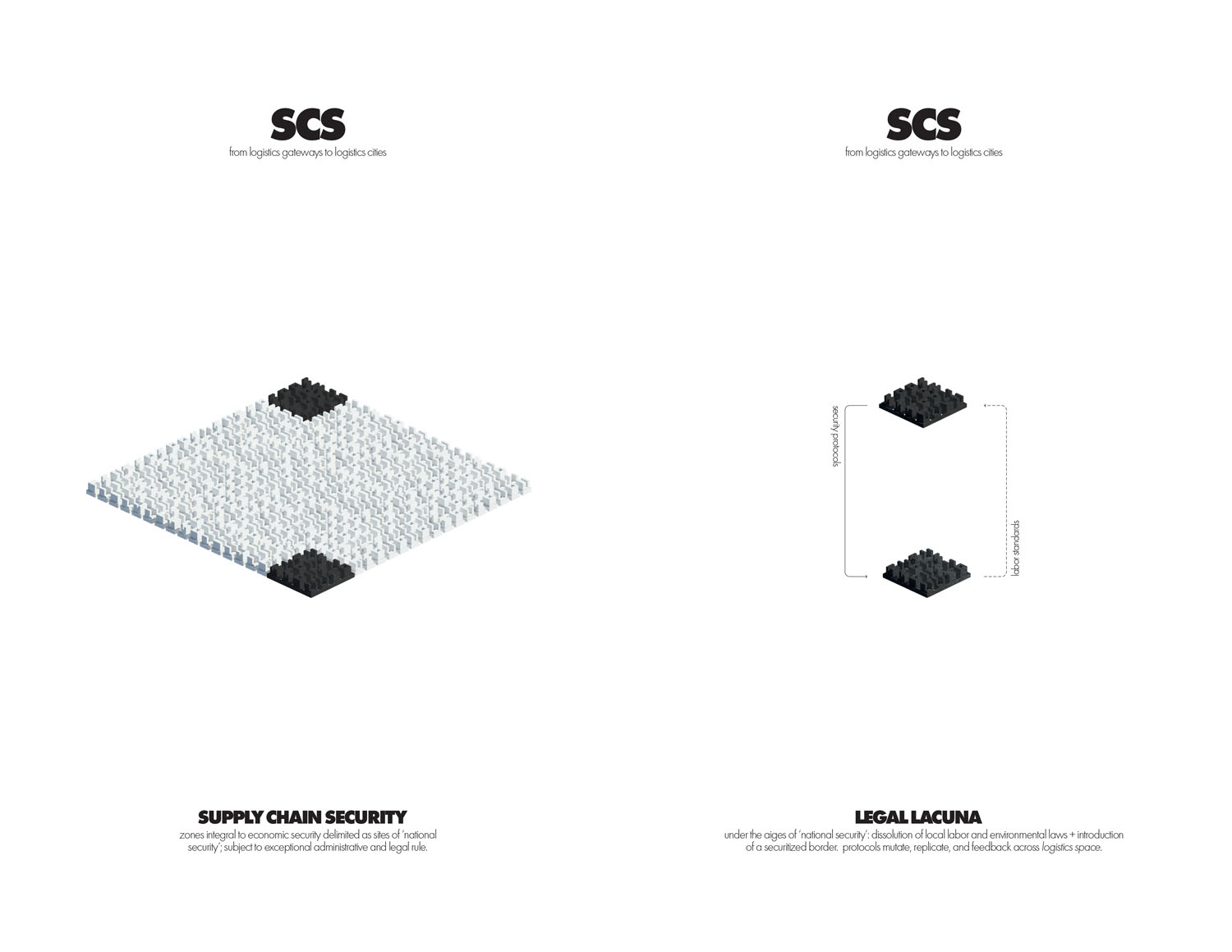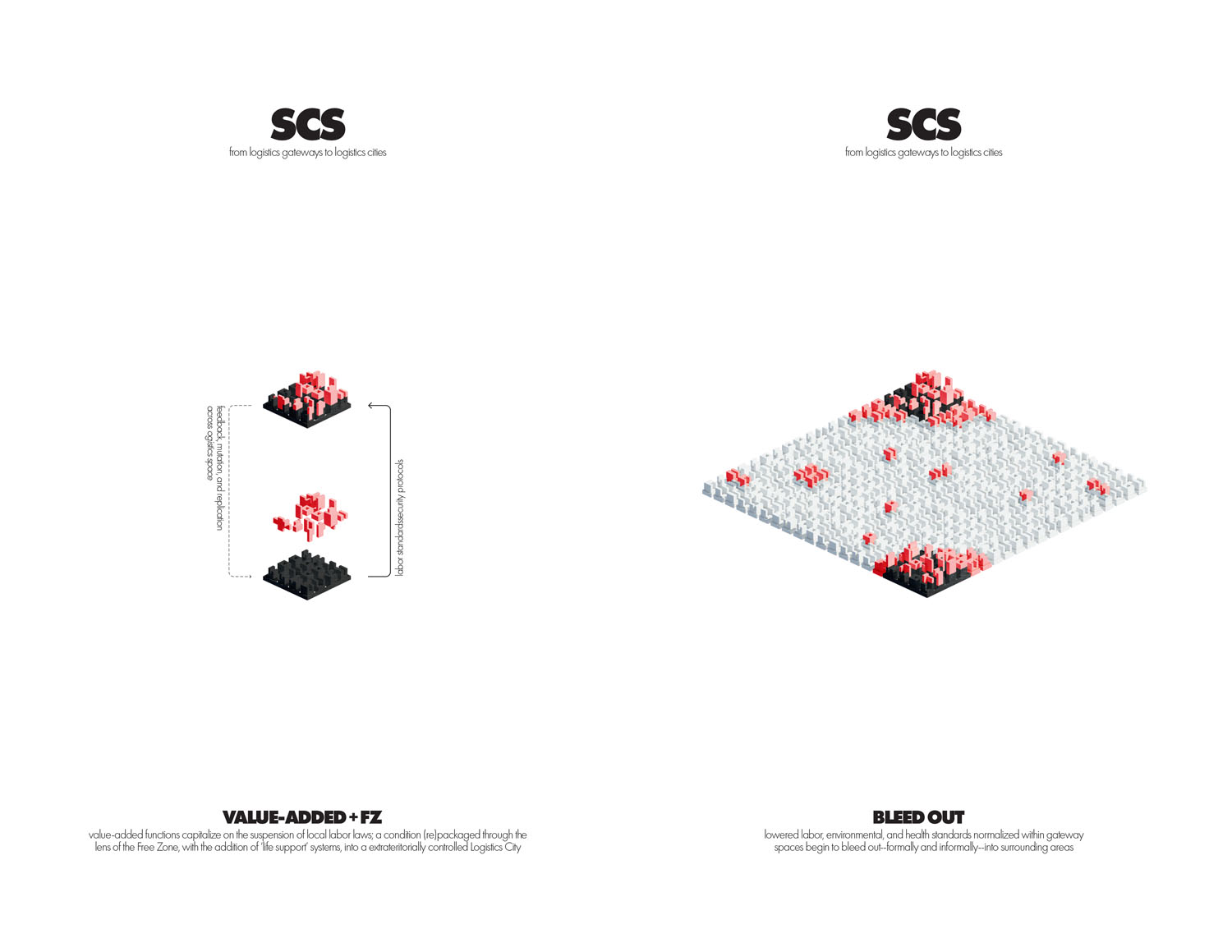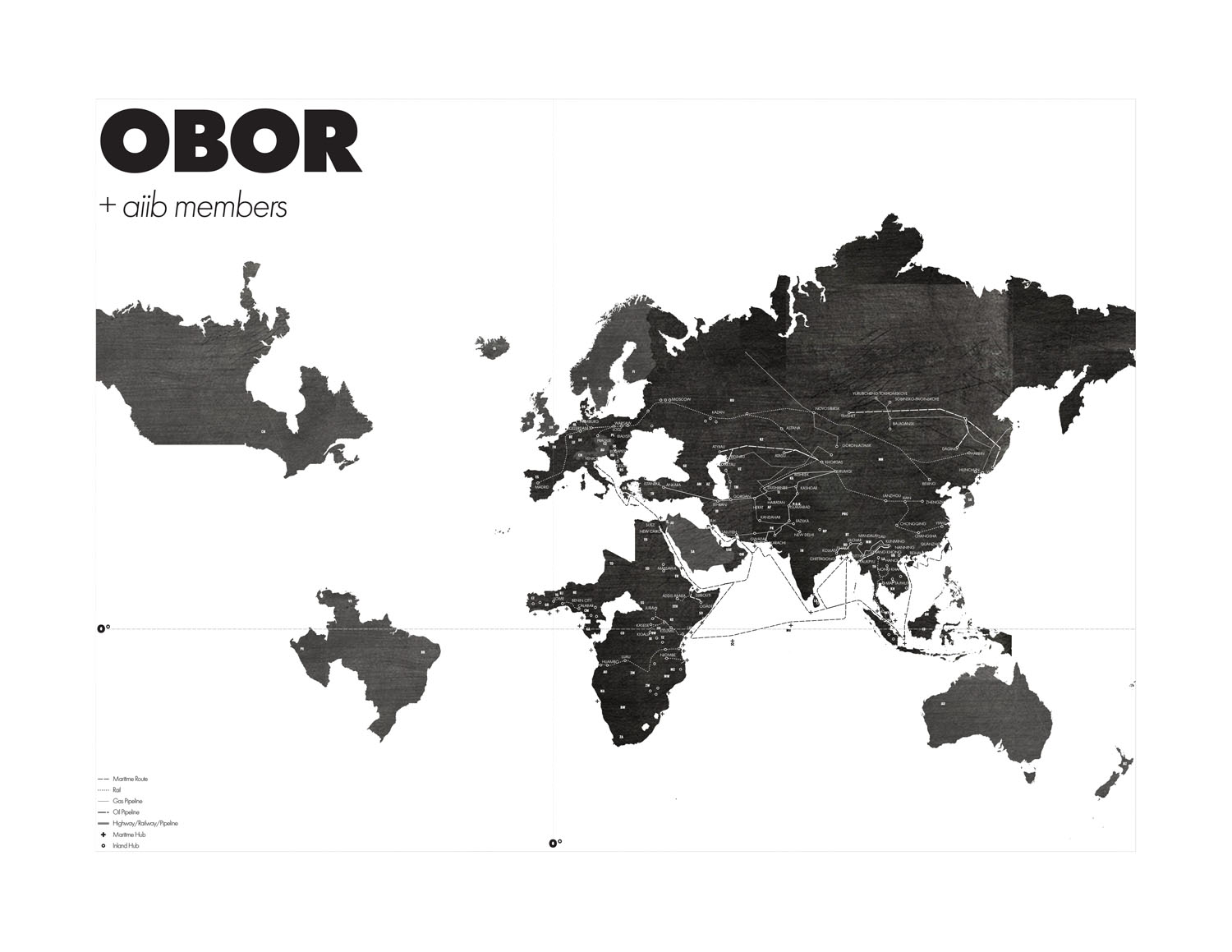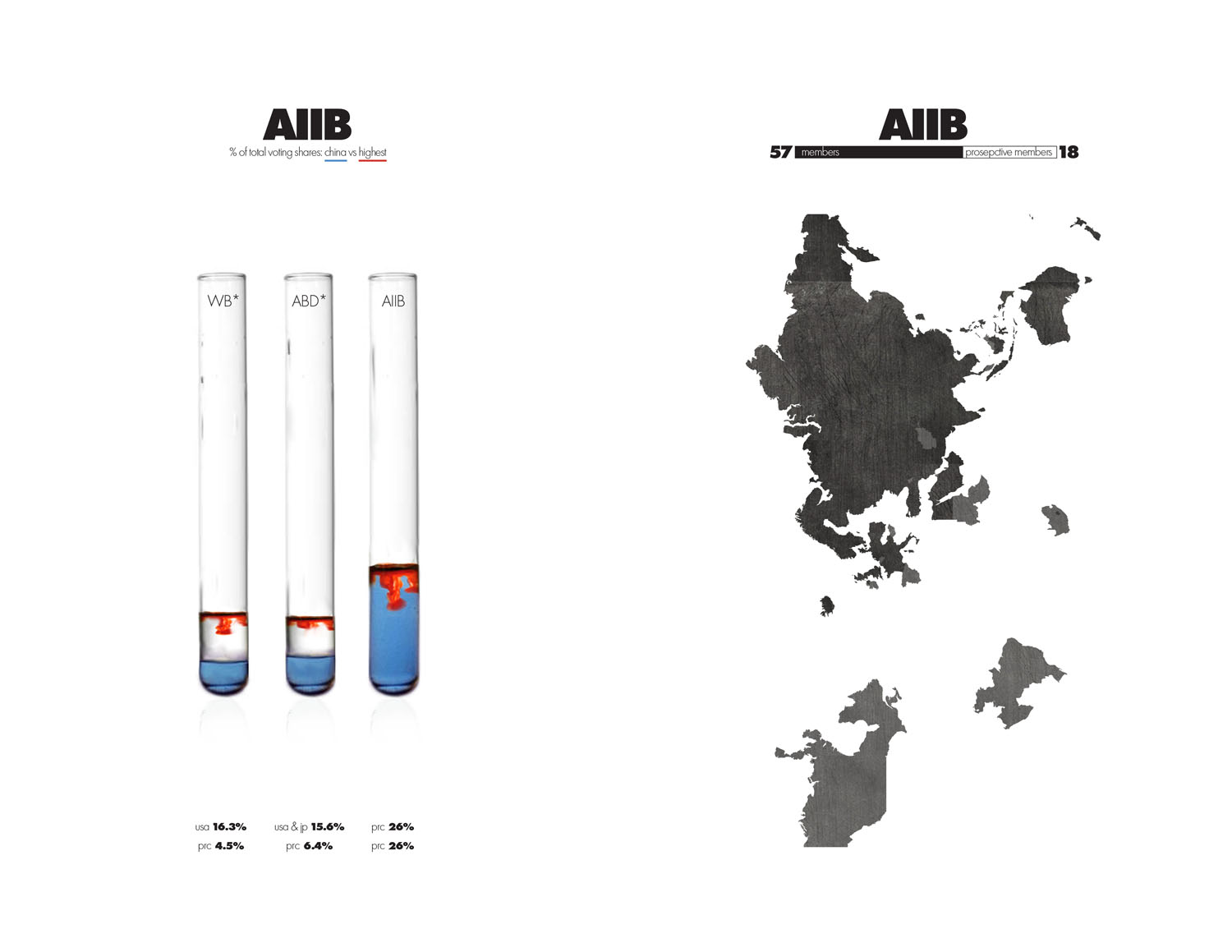Logistics Urbanism: The Socio-Spatial Project of China’s One Belt, One Road Initiative
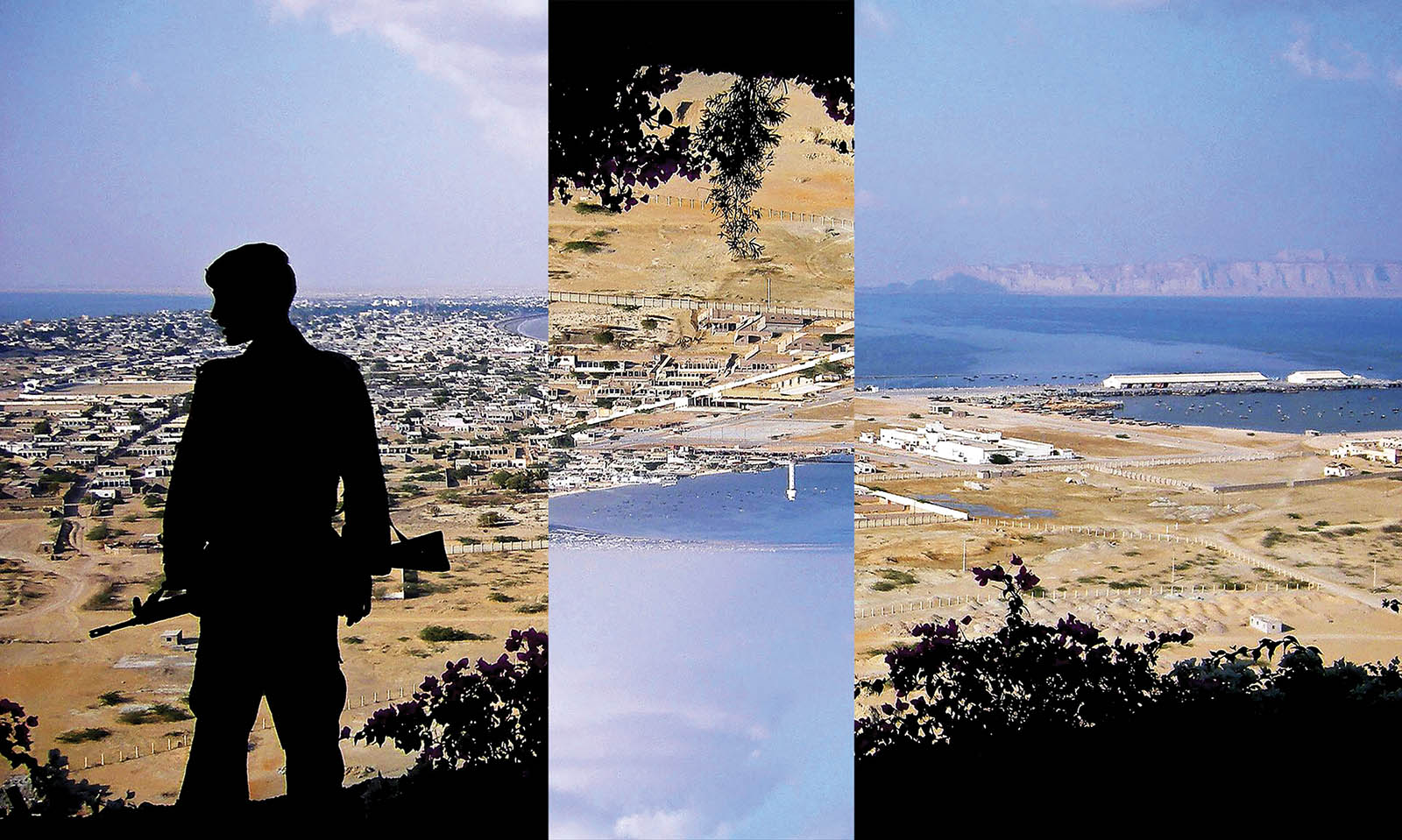
by Caroline Filice Smith (MAUD ’17) — Recipient of 2017 Urban Planning and Design Thesis Prize in Urban Planning
The “Logistics Revolution”—which began in the 1960s and was tied to innovations in containerization, just-in-time delivery, and regional trade integration—has resulted in the stretching of integrated supply chains and their sociospatial logics across the globe. The cartography of logistics born from this stretch—the infrastructural corridors and intermodal gateways of global trade—has, however, been the subject of little scholarly attention outside the fields of business science. As the scaffolding of global trade, logistics space is increasingly formed in the image of spatially delimited security regimes that conflate the protection of supply chains with the security of nation-states. This conflation is resulting in both the enfolding of logistics space within broader geopolitically-driven regimes of socio-spatial control and the development of a particularly disciplinary form of urbanism: the logistics city.
This thesis seeks to interrogate this evolution of logistics space into a highly securitized spatial instrument by unfolding the ways in which massively-scaled infrastructural development projects such as China’s One Belt, One Road initiative are—with the aid of planners, designers, and engineers—driving the production of urbanisms that privilege the ecologies of globally bound “stuff” over the rights and lives of local citizens.
